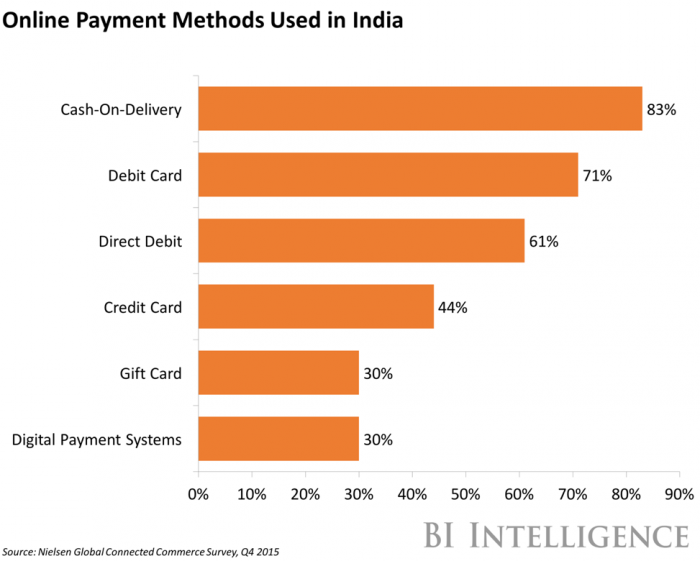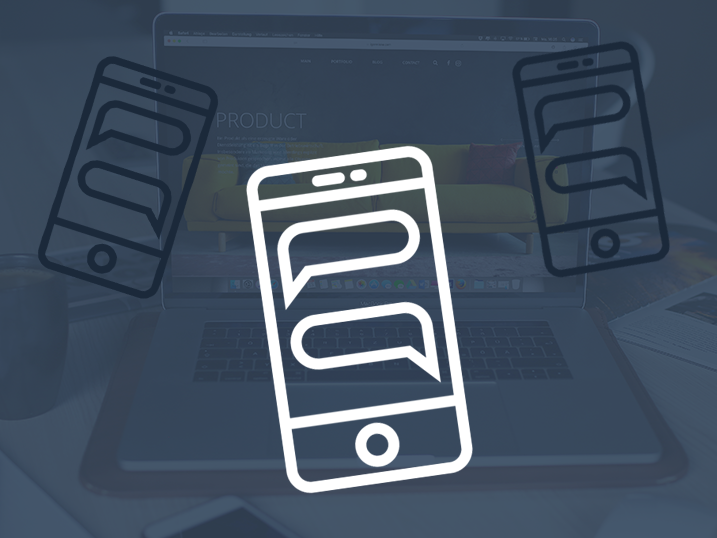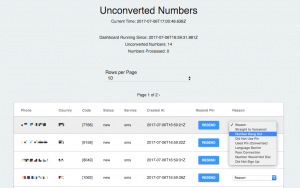Verify Users With SMS Texting
Incorporating SMS early in the checkout process can make your order processing run more smoothly: you can filter out bots and fraudulent transactions that might otherwise jam up your order processing system. Most importantly, you can do this seamlessly, since customers are already accustomed to supplying their phone numbers when initiating online orders. A quick text message -- or phone call, if need be -- can confirm that the shopper is in fact a human being capable of completing a valid transation.Convert More Window Shoppers Into Buyers
Some people might need a gentle nudge to make their first purchase; if you collect users' phone numbers as part of the onboarding process, then you'll be able to send people a bit of encouragement to complete a transaction. You might offer these people a discount on their first order using a special code. We also recommend this tactic for people who've abandoned shopping carts-- most sites handle this with follow-up emails but doing it with a text message typically yields better results: not only is the open rate at least twice what you would get with an email, but the conversion rate is usually much higher.Take the Risk Out of Cash on Delivery (COD)
We bet that subheading made you wonder "who the heck still accepts COD?" Well, you'd be surprised. It's actually the preferred method of payment in the world's second largest market for mobile commerce: India. COD accounted for 72% of orders placed in major cities across India during 2015, along with 90% of orders originated in smaller cities that year.
The average number of delivery attempts per order is 1.24; this can add an additional 24% to the cost of the final leg of the delivery: given the hyperlocal nature of India's payment systems compared to industrialized nations, a no-show for a delivery can mean the merchant goes unpaid. So merchants deal with this by verifying phone numbers at checkout, to ensure a successful COD.
One possible application of SMS texting and phone calls would make them a kind of credit-scoring of those who might be trustworthy enough for COD -- and even to suss out whether people are reliable enough to accept deliveries.
The system might compare the buyer's phone number with a database of numbers with tags reflecting deliverability and solvency. If the prospective buyer's number matches any of the contacts that have a pattern of flaking out, the merchant could take the COD option off the table; borderline cases might have to pick up packages at the post office.
COD accounted for 72% of orders placed in major cities across India during 2015, along with 90% of orders originated in smaller cities that year.
The average number of delivery attempts per order is 1.24; this can add an additional 24% to the cost of the final leg of the delivery: given the hyperlocal nature of India's payment systems compared to industrialized nations, a no-show for a delivery can mean the merchant goes unpaid. So merchants deal with this by verifying phone numbers at checkout, to ensure a successful COD.
One possible application of SMS texting and phone calls would make them a kind of credit-scoring of those who might be trustworthy enough for COD -- and even to suss out whether people are reliable enough to accept deliveries.
The system might compare the buyer's phone number with a database of numbers with tags reflecting deliverability and solvency. If the prospective buyer's number matches any of the contacts that have a pattern of flaking out, the merchant could take the COD option off the table; borderline cases might have to pick up packages at the post office.
Provide Updates on Shipping Details
Keeping your customers informed about their purchases can help foster loyalty. Letting people sign up to receive updates about their shipments keeps them engaged with your brand as they look forward to receiving their items. It can also help prevent mishaps. For instance, a shopper receiving a status update saying a package will arrive tomorrow can plan on it arriving tomorrow can plan to be home for it. Or that same type of message might tip off the recipient that the shipment is going to the wrong address and he or she could reach out to the seller or shipper to correct it in time. Related to this: Postal delivery services increasingly offer their own versions of mobile updates to consumers who opt into these services. This information can be almost priceless when the shipments are crossing borders or in parts of the world that have inconsistent or unreliable deliveries.Thank Them and Invite Them Back
Of course you probably thank your customers as soon as they complete transactions -- and you probably do it on screen and via email. An even nicer touch is to couple the thank-you with an enticement to return, like a coupon or details on how many reward points the customer has earned in the company's loyalty program. Sure, you can provide all of this with the receipt on the shopper's screen, but by then people are typically clicking off to their next online task and might not even notice. By contrast, a follow-up text message could be timed to go out later -- like when the consumer might be ready to buy something else and thus receptive to a coupon. And, now we're going to come through on that list of examples we promised -- clever incentives you might include in follow-up text messages. Here's just a handful, as we're sure you'll be able to think of plenty of variations based on these:- Refer a friend and both of you get $10 off your next purchase.
- Flash Sale! Save up to 50% on select items -- good for only one hour after you open this text, if you use the following code at checkout.
- Apply for a line of credit and get an extra $50 of free shopping privileges on a $500 line of credit -- click this link for terms and an application.
- Sign up for our incentive program and receive 500 free credits toward earning a reward.
- Click here to sign up for updates about incentives from us.
- Please let us know what you think about shopping with us -- complete the survey at this link and you could win a free gift card.
- Follow us on social media and save 10% on your next purchase.


 Notifications
Notifications 

